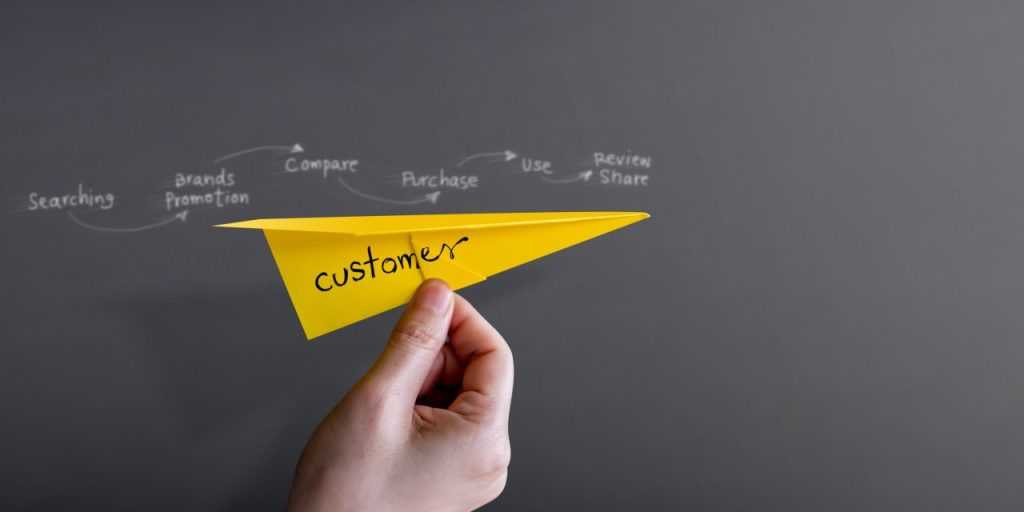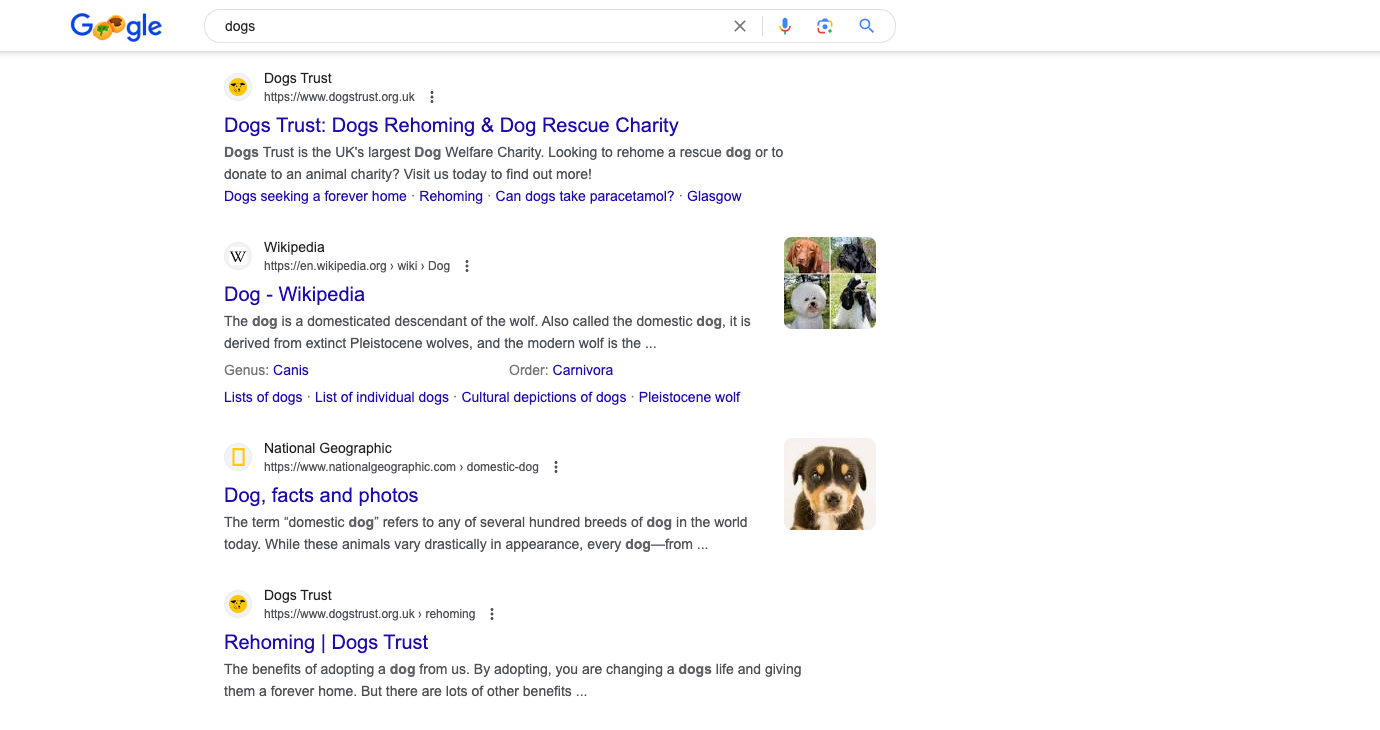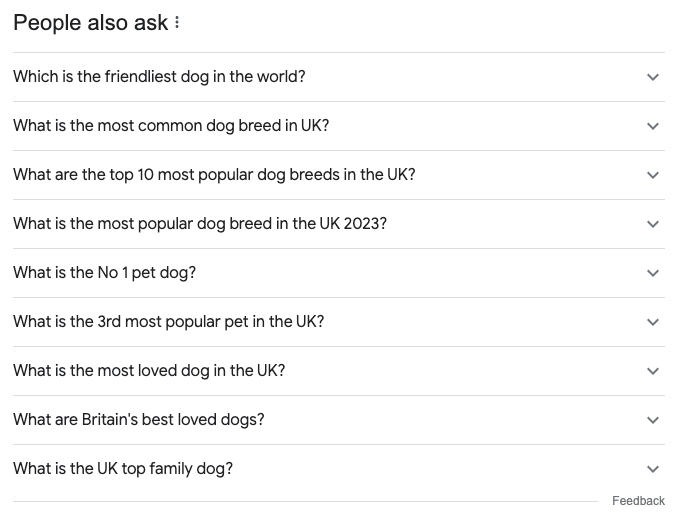How SEO and Content Marketing must work together, and why audience is EVERYTHING
- September 30, 2020

Which is more important, SEO or Content Marketing? It’s an ongoing debate in the marketing world, almost like “Which one came first – the chicken or the egg?”
Instead of SEO vs. Content, we really need to think of the two as coming as a pair – SEO and Content. Both work together to ultimately provide content that:
a) your audience will want to read, and b) will increase the quality and quantity of traffic to your website.
That kind of insight doesn’t come from your intuition (usually) – it takes some research and the help of analytics tools.
If your business needs more leads, sales or traffic, a good place to start is by looking at your current SEO and Content.
60% of marketers say that inbound marketing (SEO, blog content, etc) is their highest quality source of leads.
SEO ensures a business is answering their audience’s biggest questions on search engines, while driving traffic to their website.
Over the years, Google has developed new ways of ranking websites, with consistent, relevant content being one of the best signals.
Utilising SEO research enables you to write about relevant topics, and therefore naturally optimised for important keywords.
By conducting an audit of your website content, you can identify:
- Which keywords are people using to find you?
- What are your most popular blogs/web pages?
- What are your current search rankings?
- What are your competitors’ rankings?
Through doing this, you’ll discover the questions your customers are asking and determine the current issues within your industry.
It will help you shape your content strategy by deciding on new keywords you’d like to include, and which service areas you want to focus on.
Assess your performance:
- Is a different outlet needed?
- Do you need more or fewer blogs?
- What content style/type can you bring to the table to differentiate you from the competition?
Once you have a list of keywords and phrases to target problems your audience faces, you’re better able to select the most effective content marketing tools, for example:
- Blogs
- Guides
- Research pieces
- White papers
- Video
…and then use a keyword planner for even more content ideas. TA DA!
Let’s take a quick look at the keyword ‘Dogs’. Here are the top searches:

And what questions do people want to know about dogs? Take a look at the current top questions being asked:

So, if you’re writing content about dogs, it might help to actually find out once and for all – “Who let the dogs out?”
Reaching an audience requires you to engage with them on a level that meets their needs.
Often we’re told how important it is to understand our audience. But do you ever ask yourself, “But how?”
Do your research. Study keywords and phrases being used. What are people interested in and what problems do they face?
Your audience can evolve over time, so research should be an ongoing task. Think about the current COVID-19 pandemic – have people’s pain points changed recently due to restrictions or fears?
We recently looked at internet trends in response to coronavirus. The graph below is a stark example of the rapid spike in certain search terms as a result of the pandemic.
By taking advantage of the tools on Google Analytics, you can also find out a lot about your audience’s demographics – age, gender, interests, geography, as well as what platform is being used (mobile or desktop).
Do the same on your social channels and track engagement – what are people most responsive to?
Now you can use your findings to create a ‘reader persona‘ to help you generate content that best serves your customer.
Are there any other ways to optimise your SEO in your content?
SEO takes into account social signals, which means that when you’re thinking about your SEO strategy, you also need to consider how your Social Media Strategy aligns.
At Fly High Media we’ve had great success with combining SEO and Facebook ads.
Don’t forget, your website may already be full of content. Why should it sit there gathering dust? Optimising existing content can alter its rankings as well as keep it relevant for your audience.
What NOT to do…
There’s no point ranking high on Google for a term that won’t get you the results you want – for example, traffic, enquiries, leads, or sales.
*If you want traffic to = results, your content must be relevant to your audience.
Including as many keywords as possible can hurt your site’s SEO – it’s called “keyword stuffing.” The only stuffing you want is on your Christmas dinner.
*Use keywords in your content that don’t feel forced.
How will you know your SEO and Content efforts are working?
You probably want to see the ROI of your SEO efforts straight away – we live in a world where we have pretty much anything at the click of a button.
Yet SEO is an ongoing process rather than a quick fix.
People are often shocked that it can take anywhere from 4 days to 6 months for a site to be crawled by Google and for an increase in your rankings to be visible.
We spoke to Pete Ridley at Car Finance Saver about their content and SEO strategy, he said “velocity of content is almost as important as quality content, to become a leader in your niche you have to display demonstrate both”.
Takeaways:
- Content Marketing doesn’t replace SEO – it enhances it.
- Think about your visitors and the content they’re looking for, rather than how many people you can attract to your website.
- It’s better to conduct thorough research than to make assumptions and second guess your audience’s behaviour. The tools are out there!
- Good things come to those who wait (and those who put in the effort!)
- It’s wise to have the budget, time and knowledge to make SEO work for your business. However, it’s an even better idea to get help from experienced folk who really know how to deliver results.
We can help you to reach your audience.
Whether you’re launching a new marketing campaign or designing a new website, taking the time to understand your audience is crucial for any business.
Fly High Media is at hand to help you reach and engage with new and existing customers by ensuring your SEO and Content Marketing efforts remain as effective as possible.
Get in touch to find out how we can combine SEO strategy and Content Marketing to make you appear more of an authority to your customers, improve your reputation, and increase leads and sales.
Contact Us
Cheshire (Head Office)
Manchester
Get in touch
Let’s find the best solution for your business



